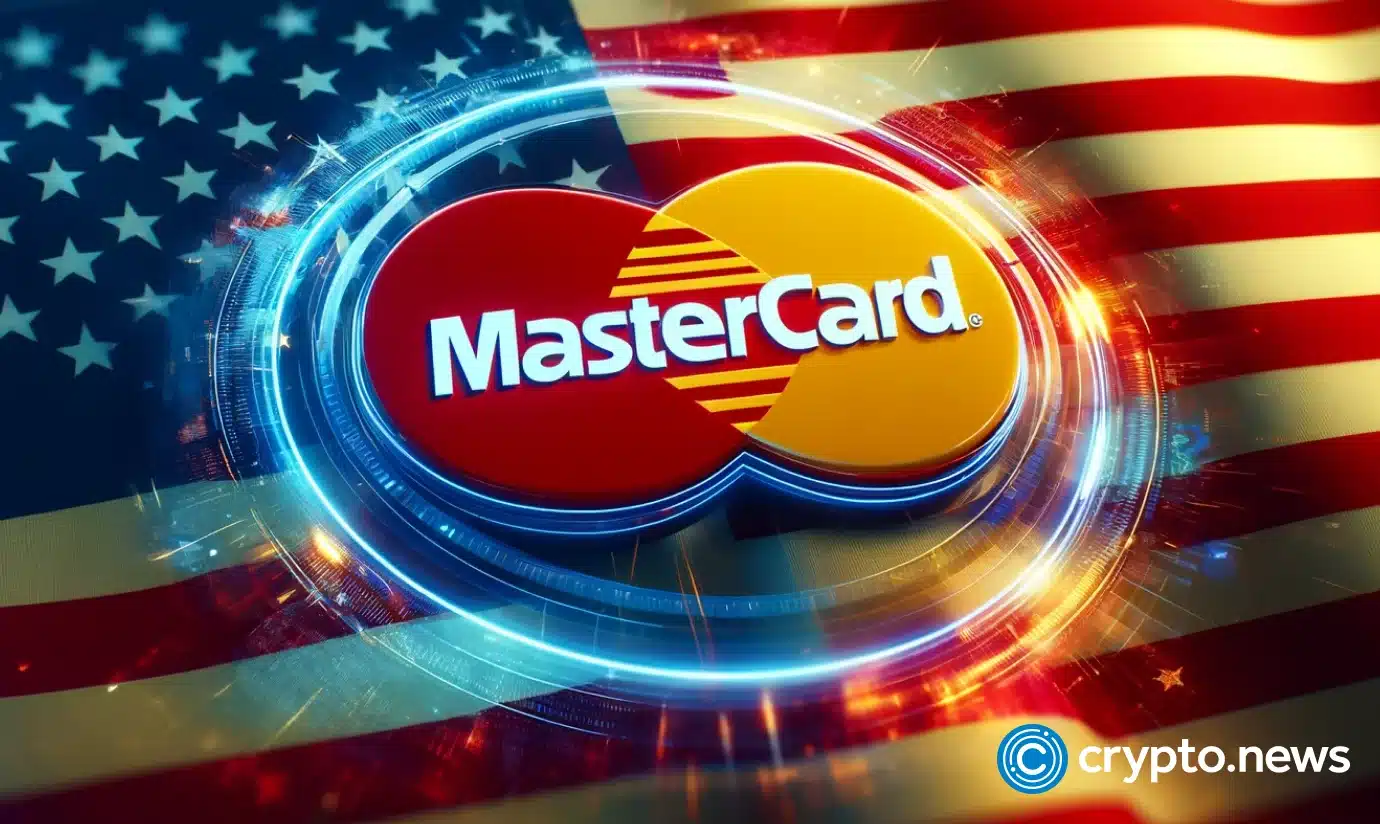
On July 18, President Donald Trump signed the GENIUS Act, which regulates stablecoins. One day prior to it, Mastercard introduced a piece on its role in the future space of regulated cryptocurrencies. According to Mastercard, the passage of the bill begins “the new era of regulatory clarity and confidence in digital assets.” What is this era going to look like, and what’s Mastercard’s role in it?
Summary
- Now that the Genius Act became the law, Mastercard is going to foster mass adoption of stablecoins
- Mastercard client base amounts to several hundred million cardholders. Through a series of Mastercard’s partnerships with crypto companies, these people will be able to use stablecoins
- Mastercard claims that we are entering a new era of digital payments, thanks to recent crypto regulations made in Europe, Hong Kong, Singapore, UAE, and finally in the U.S.
Mastercard’s piece “Stablecoins are taking center stage”
Jesse McWaters, an Executive Vice President and Head of Global Policy at Mastercard signed Mastercard’s article. He mentions Europe’s Markets in Crypto Assets (MiCA) and notes that similar legislation in Hong Kong, Singapore, and the United Arab Emirates fosters a secure environment for digital assets. According to McWaters, these initiatives reinforce trust in digital assets while fostering innovation and unlocking tangible benefits in the real world.
McWaters writes that stablecoins are already enhancing the experiences of content creators and gig workers, offering a remittance method that is faster and cheaper than traditional payment tools. However, says he, the tool itself is not enough, as stablecoins need to be embedded into the system trusted by people so that it will serve as an arbiter. The author writes that Mastercard is a proper fit for this role.
The Mastercard executive reminds readers about the company’s decades-long role in innovative technologies and suggests that Mastercard has been preparing for the moment when stablecoins take center stage for years. The text goes:
“We’ve worked across the crypto and traditional finance ecosystems to explore and understand how stablecoins and other digital assets can complement and enhance existing payment systems. We’ve invested in the tools, partnerships, and standards that can help stablecoins scale responsibly.”
According to McWaters, Mastercard creates a trusted compliance-first ecosystem that will help stablecoins to scale safely. It will make stablecoins a part of the world’s financial system without sacrificing their flexibility, convenience, and other cryptocurrency-specific benefits. In addition to mentioning projects such as the Mastercard Multi-Token Network and Mastercard Crypto Credential, McWaters emphasized that Mastercard has partners worldwide that will help foster a seamless user experience.
At the end of the piece, McWaters goes back to the recent crypto-friendly regulations in several countries, saying they opened the doors to a future full of innovation, and it is Mastercard who is walking through it.
What steps has Mastercard taken toward boosting the stablecoin ecosystem?
Mastercard is currently working on several projects aimed at bringing the $250 billion stablecoin load closer to the multimillion-client base of Mastercard. The team behind Mastercard realizes that high-scale crypto adoption is impossible if using crypto isn’t as easy as traditional money. To make crypto transactions more user-friendly, Mastercard is working on Mastercard Crypto Credential, a human-readable and customizable credential that will replace blockchain addresses.
The initiative targets crypto exchanges, as they will be able to attract more clients using a simple credential design, and common clients who won’t have to use hard-to-remember addresses. Instead, they will deal with a verified pool of users whose credentials are easier to manage.
Another notable project of Mastercard is Multi-Token Network, a B2B platform that facilitates crypto transactions between banks and companies. It reflects the ongoing trend of tokenizing assets and can be utilized 24/7 by both financial institutions and application providers.
Earlier this month, Mastercard held a brainstorming session with representatives from MoonPay, a platform that facilitates crypto on- and off-ramps and token swaps. The collaboration between two platforms was announced back in May.
🚨 BREAKING NEWS 🚨
MoonPay and @Mastercard have joined forces to enable stablecoin payments and spending at 150 million global businesses!
with this partnership, every crypto wallet will also have access to new stablecoin-powered virtual Mastercards pic.twitter.com/nklJySCntP
— MoonPay 🟣 (@moonpay) May 15, 2025
The joint project connects Mastercard-branded cards to crypto wallets, allowing people to pay with stablecoins at places that accept Mastercard cards. However, according to Mastercard, the goal behind the collaboration “is nothing short of recreating payments — and the very nature of money.”
As MoonPay CEO Ivan Soto-Wright emphasizes, MoonPay was initially using cards to enable people to use crypto, and now it is referring to this as “backwards compatibility.” Now cardholders will be able to use crypto at points of sale instead.
Other notable collaborations include Chainlink, BitGet, MetaMask, and many others.
What are the regulations mentioned in the article by Mastercard?
Regulations mentioned by Mastercard in the article are different depending on the country. Still, all of them have something in common: American GENIUS Act, European MiCA, Singaporean Payment Services Act, UAE’s Law No. (4) of 2022, and Hong Kongian drafted ASPIRe legislation and a number of existing regulations allow using stablecoins for various purposes (but not as a legal tender) and ensure that crypto is not subjected to restrictive securities law and hence can be used for advantage of the people without much hassle.
Furthermore, all these jurisdictions implement protection measures to prevent cryptocurrency from being easily used for money laundering, financing terrorism, and other illicit purposes. It appears that Mastercard was waiting for the U.S. to finally adopt crypto on the federal level before expanding its crypto acceptance to the new level.
Still, not everyone in the U.S. is happy with the GENIUS Act in its current form. Democrats believe that although the legislation offers some protection measures, it lacks mechanisms to prevent top officials from using cryptocurrency for corruption. However, if the Mastercard team had to wait for the elimination of all possible risks, it would probably severely slow down the mass adoption they dream of.
